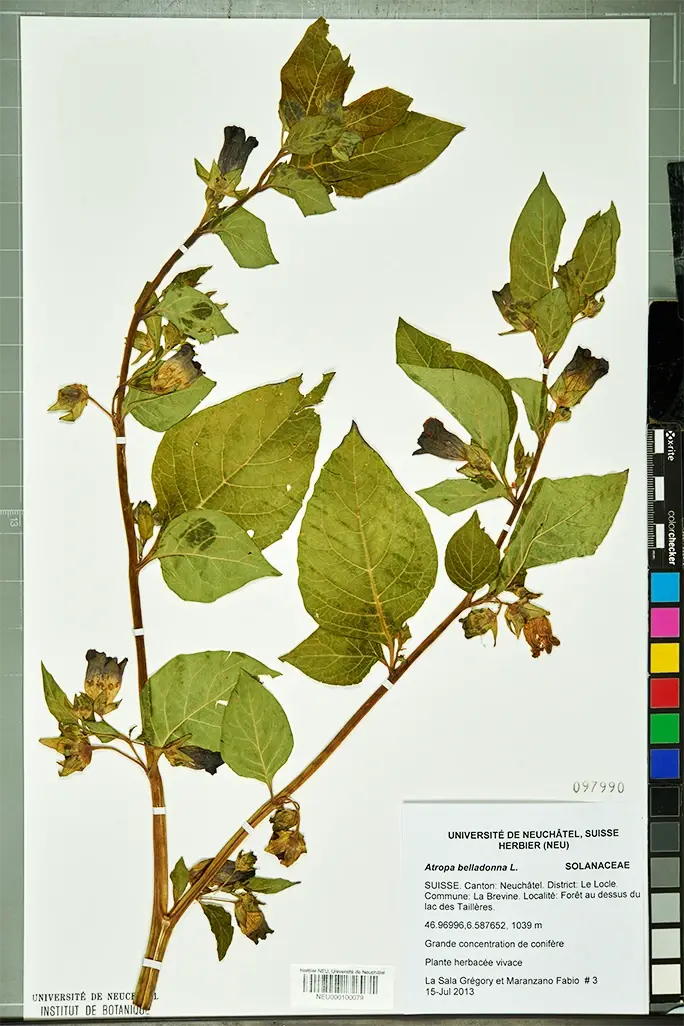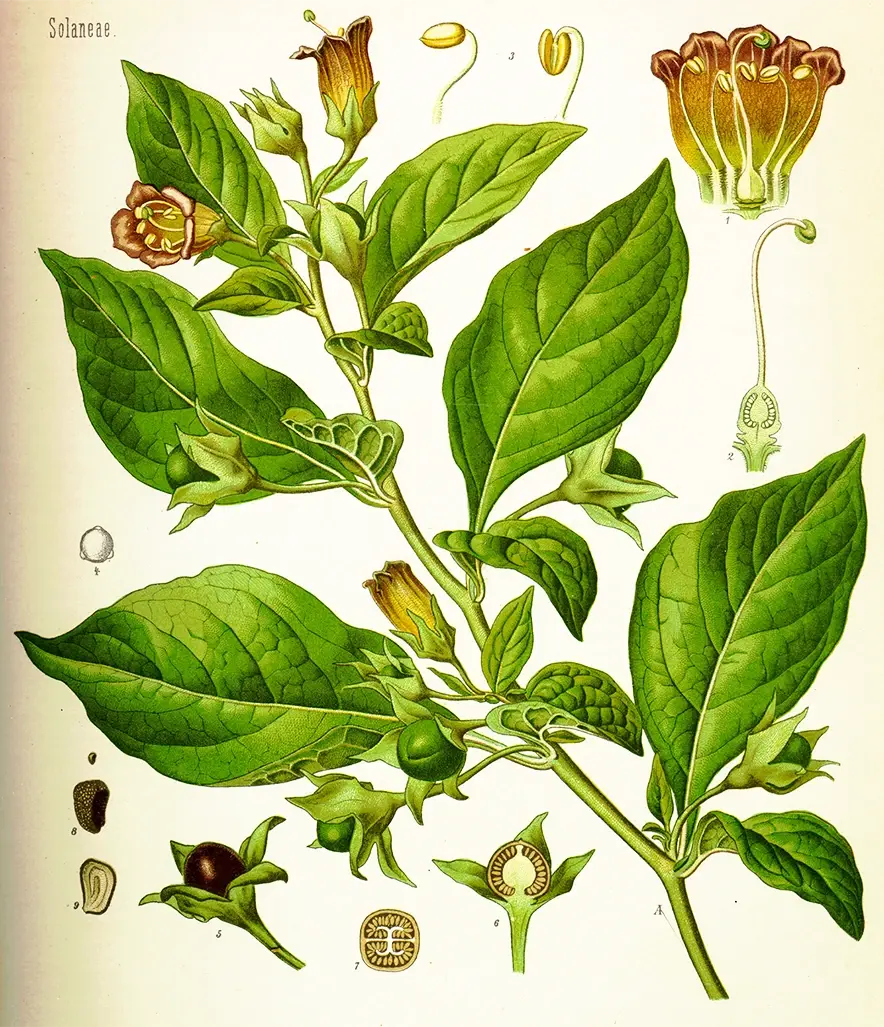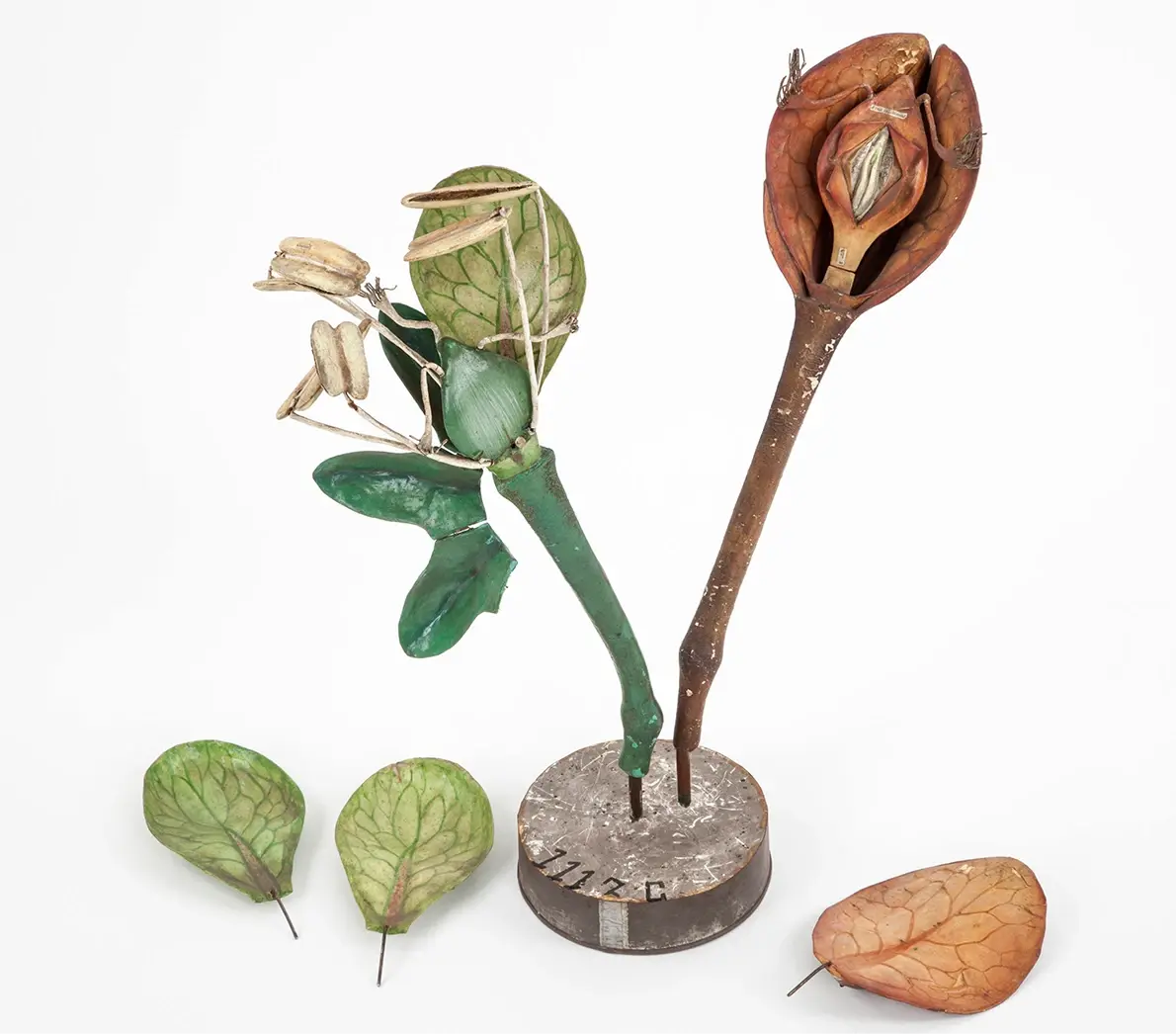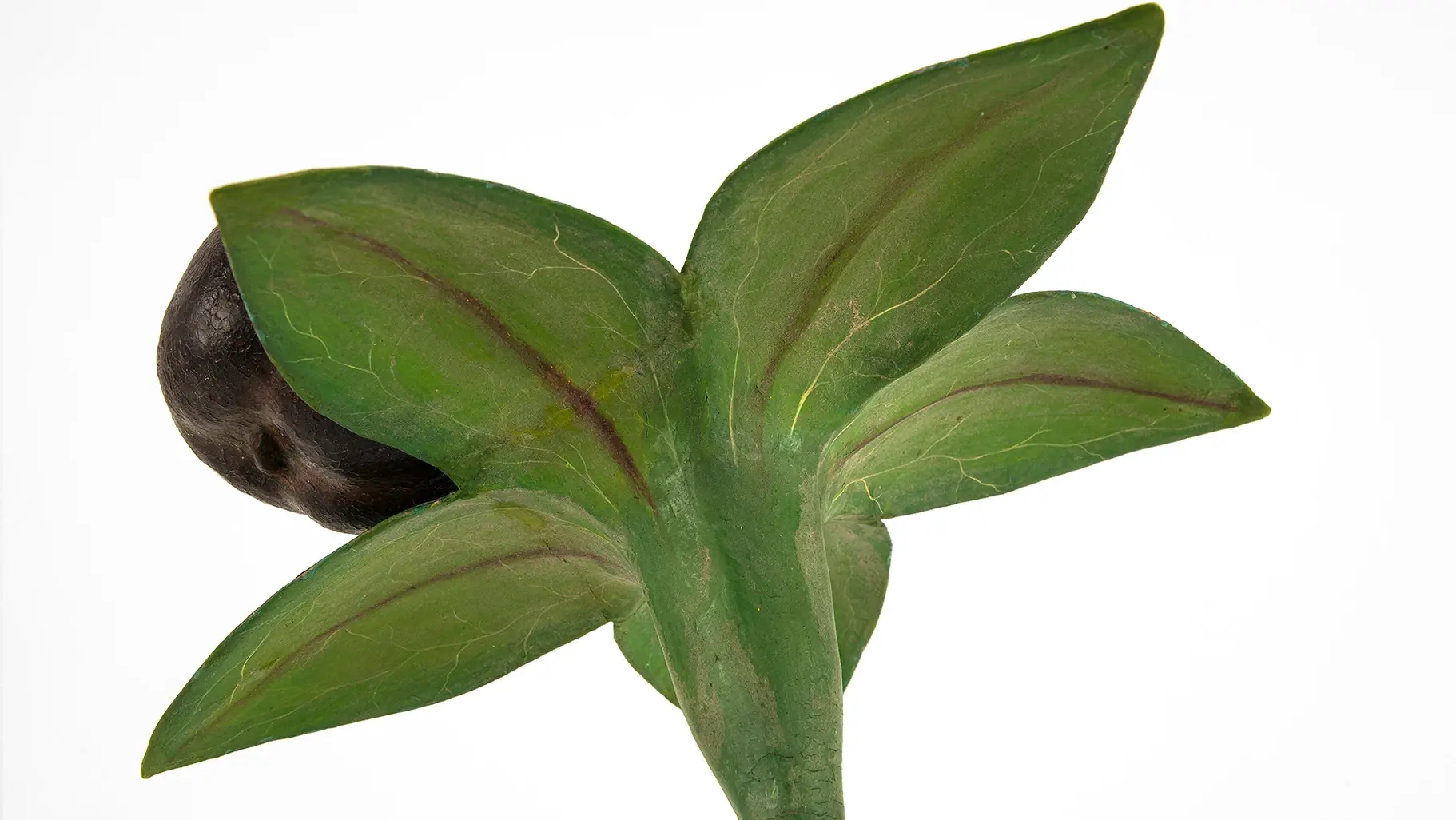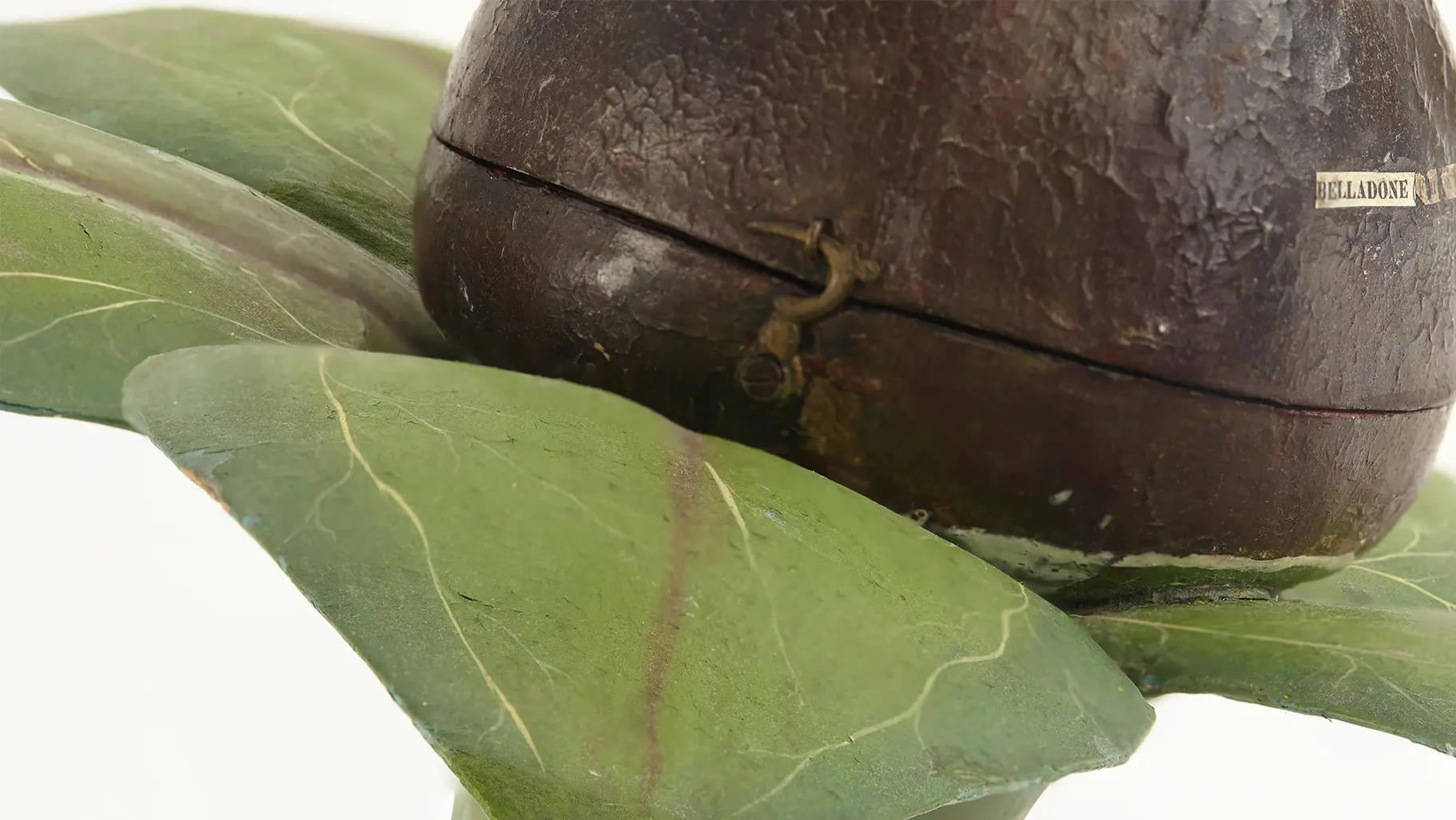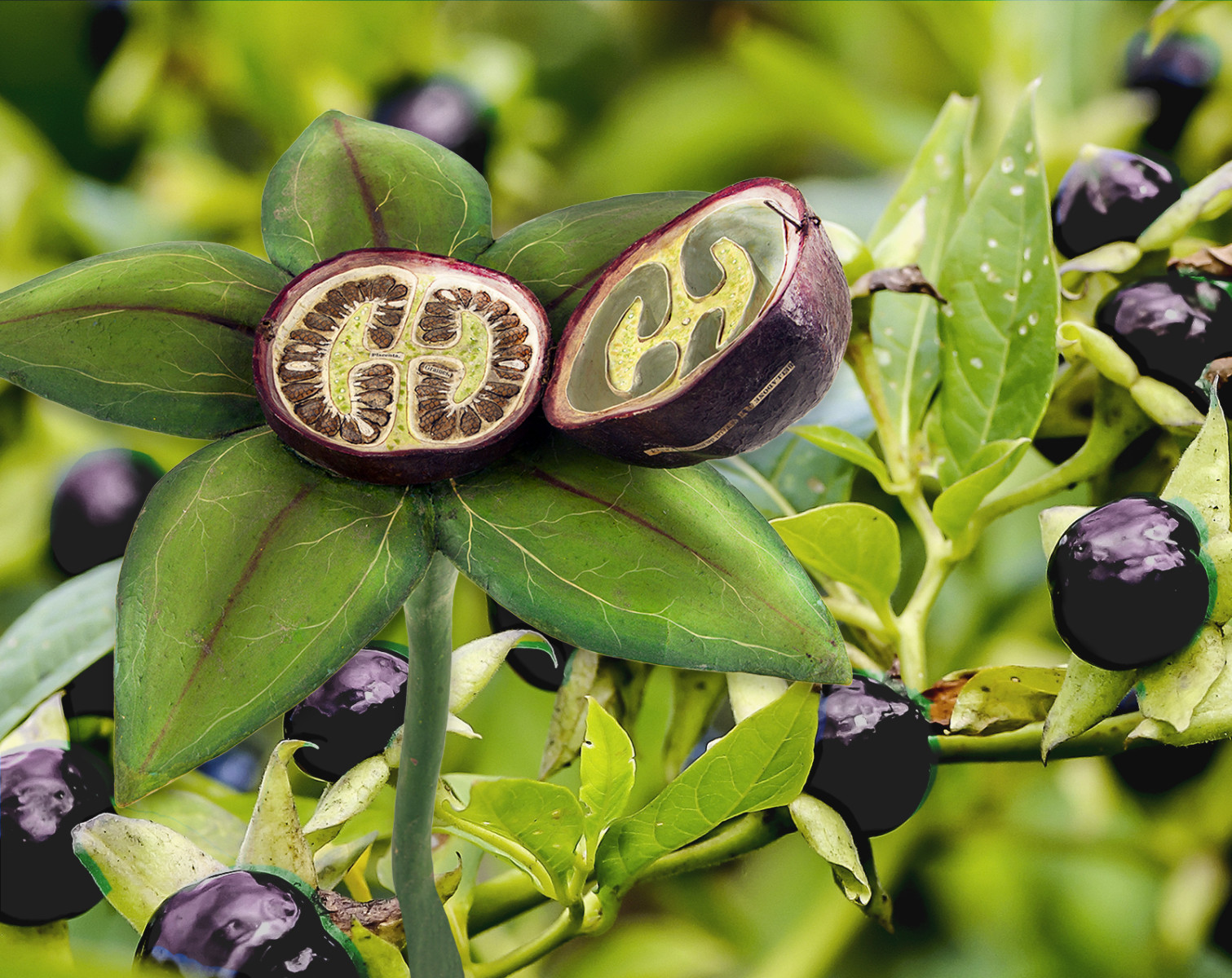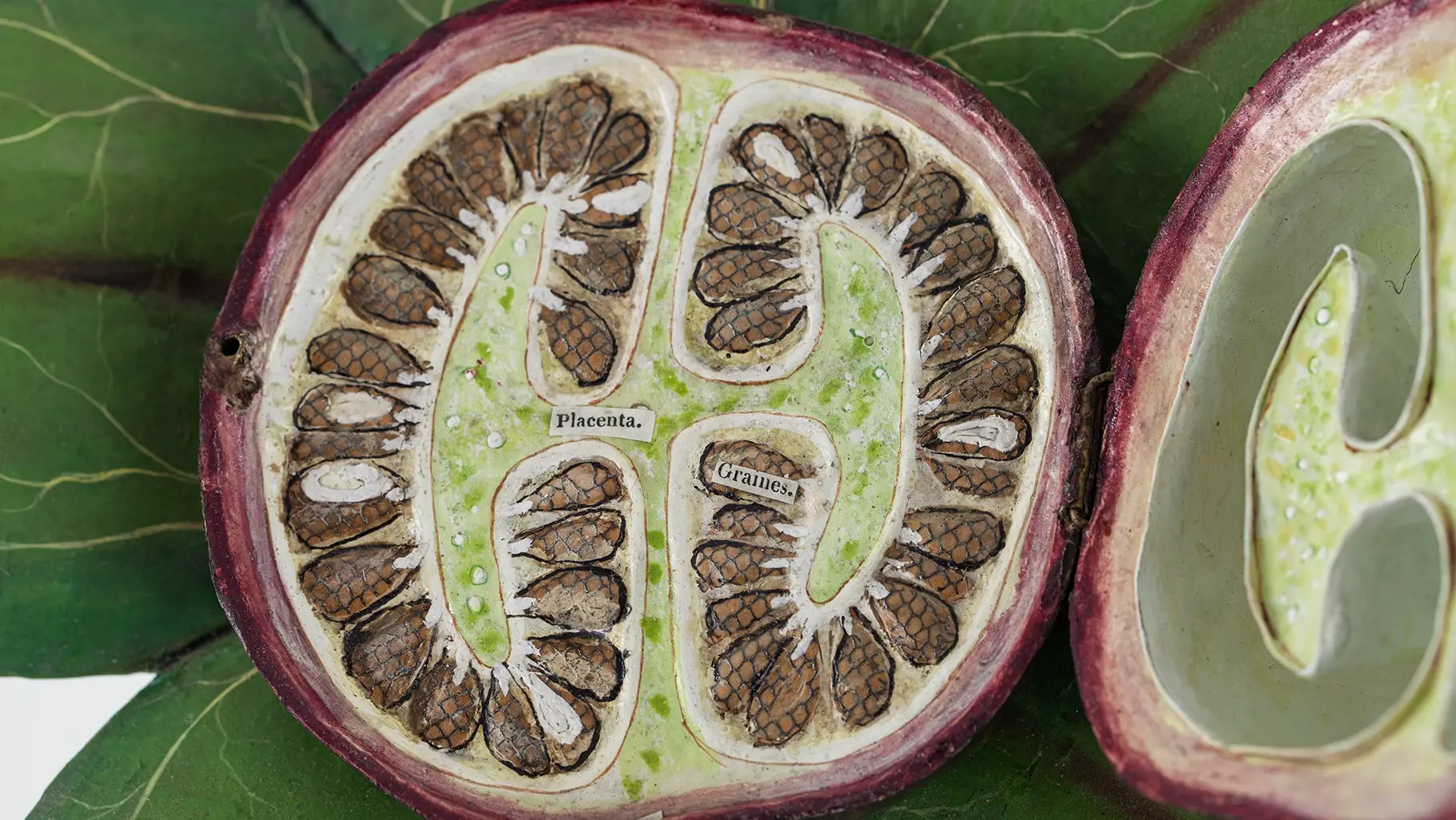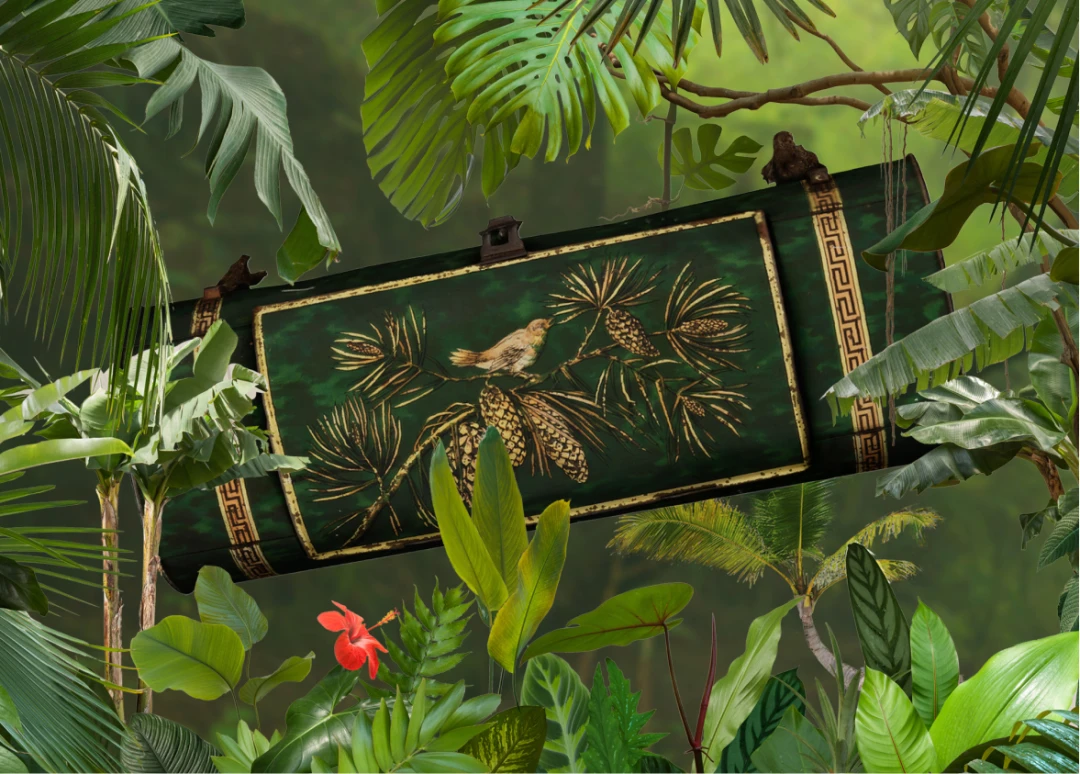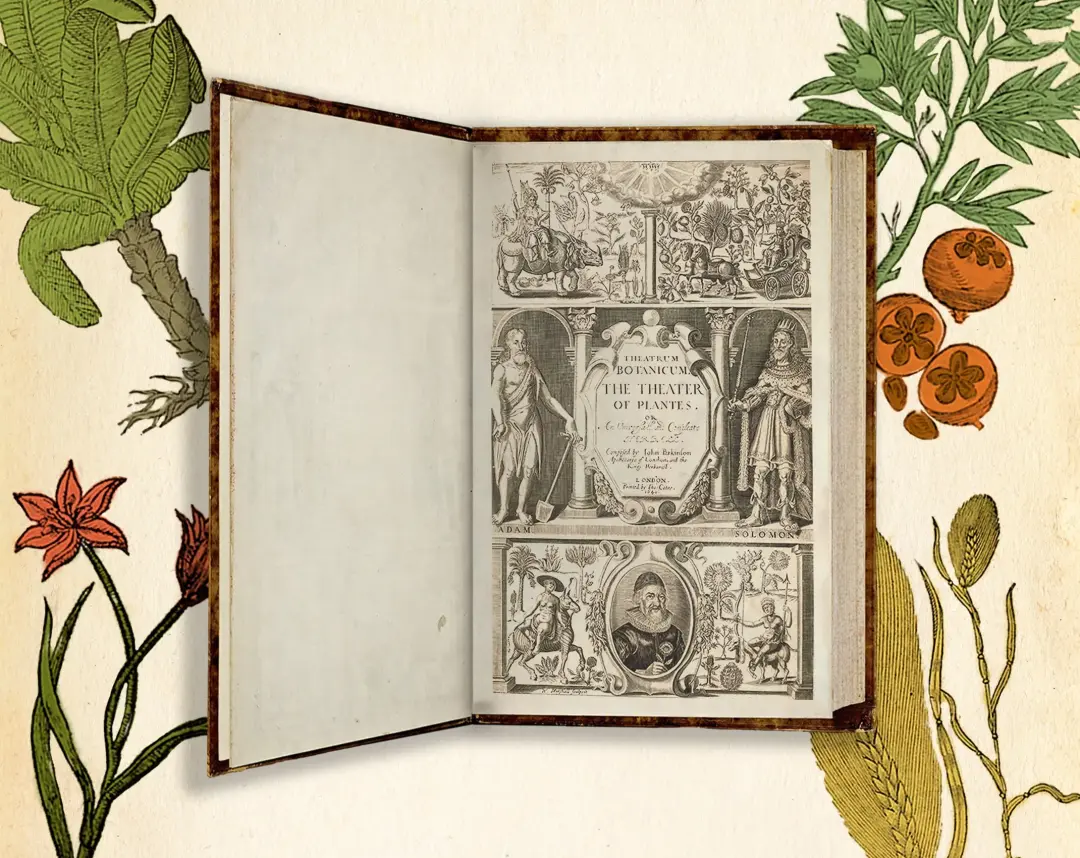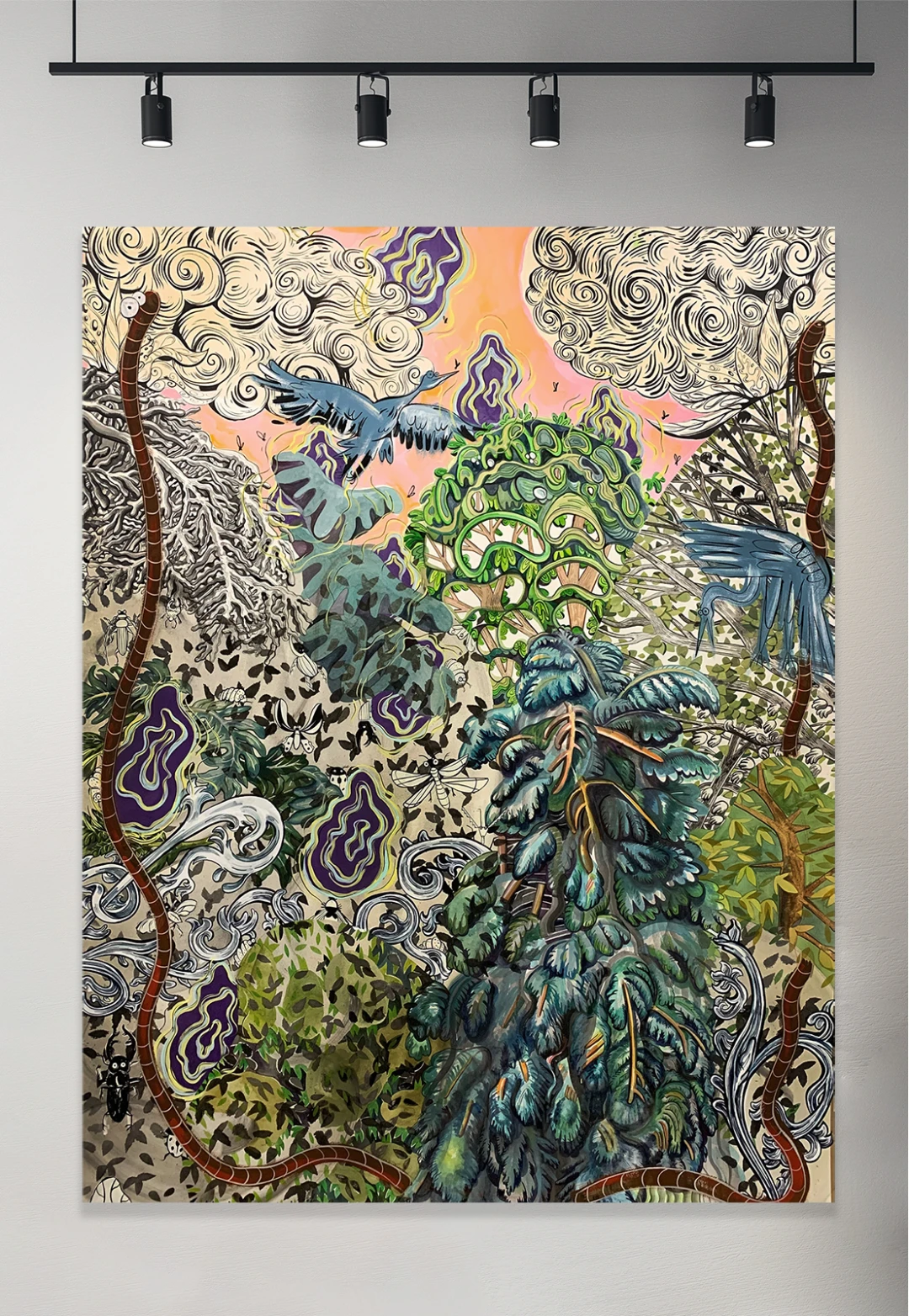Was bedeutet der Name einer Pflanze?
Atropa Belladonna ist eine faszinierende Pflanze! Manche nennen sie Teufelsbeere oder Tollkirsche, weil sie für Menschen tödlich sein kann. Einige Tiere wie Kaninchen und Vögel können sie interessanterweise fressen, ohne krank zu werden!
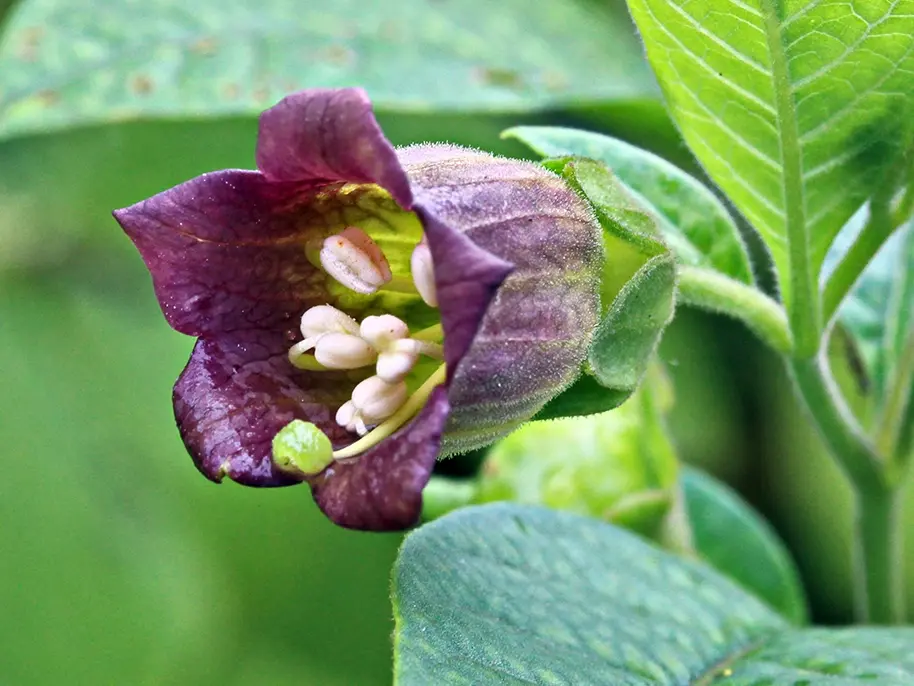
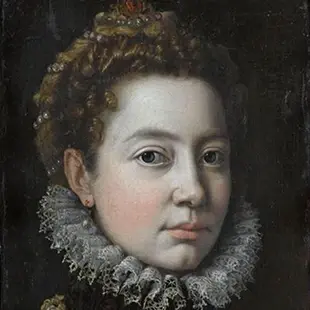
Belladonna-Schönheit
Belladonna bedeutet „schöne Frau“. Während der Renaissance nutzten Frauen die Pflanze, um hübscher auszusehen. Sie gaben sich winzige Tropfen Saft aus den Beeren und Blättern in die Augen, um ihre Pupillen zu vergrössern. Sie nutzen es auch um ihre Wangen rosiger zu machen. In dieser Zeit, in der viele grossartige Kunstwerke und wissenschaftliche Erkenntnisse entstanden sind, wollten alle so schön aussehen wie möglich!
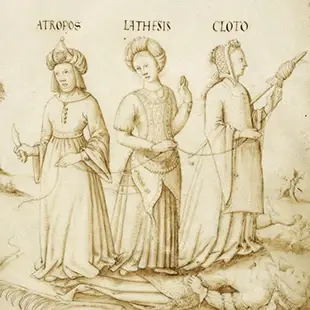
Unflexible Atropos
Atropos bedeutet im Lateinischen „unflexibel“. Es ist auch der Name einer griechischen Göttin. Sie ist eine der drei Schicksalsgöttinnen und hat die Macht, über Leben und Tod zu entscheiden. Im Bild oben hält sie ein Messer in der Hand, um den Faden des Lebens durchzuschneiden. Wenn du auf eine Pflanze oder ein Insekt mit Atropos im Namen stösst, sei vorsichtig, denn es könnte tödlich sein!
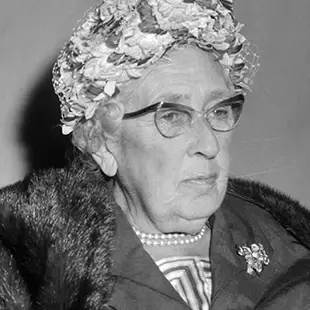
Belladonna-Tropfen
Atropa Belladonna lässt das Herz sehr schnell schlagen und erschwert das Atmen - das kann tödlich sein. Die Königin des Verbrechens, Agatha Christie, studierte die Wirkung von Atropa Belladonna und schrieb darüber in ihren Büchern „Die grossen Vier" und „Karibische Affäre". Kannst du es mit den detektivischen Fähigkeiten von Miss Marple und Hercule Poirot aufnehmen und herausfinden, welche Könige und Kaiser mit Belladonna ermordet wurden?
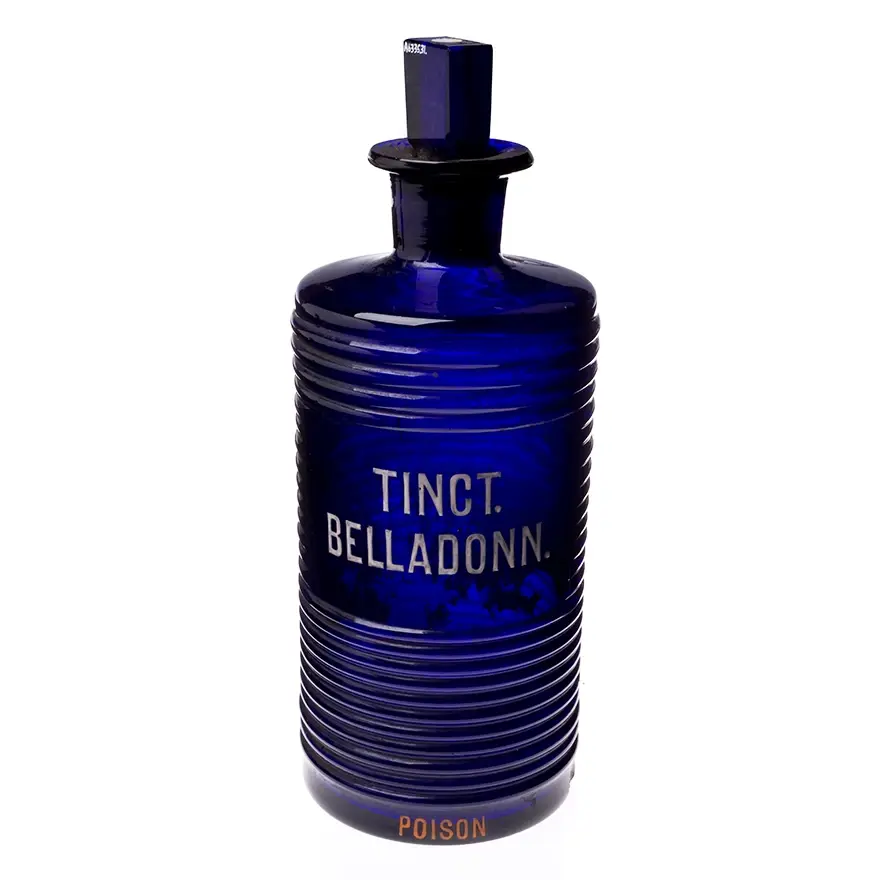
Vor 500 Jahren sah ein Schweizer Arzt namens Paracelsus, dass es von der Dosis abhängt, ob etwas giftig oder hilfreich ist. Ein kleines bisschen Belladonna kann die Pupillen für Augenuntersuchungen vergrössern oder bei Magenkrämpfen und Reisekrankheit helfen.
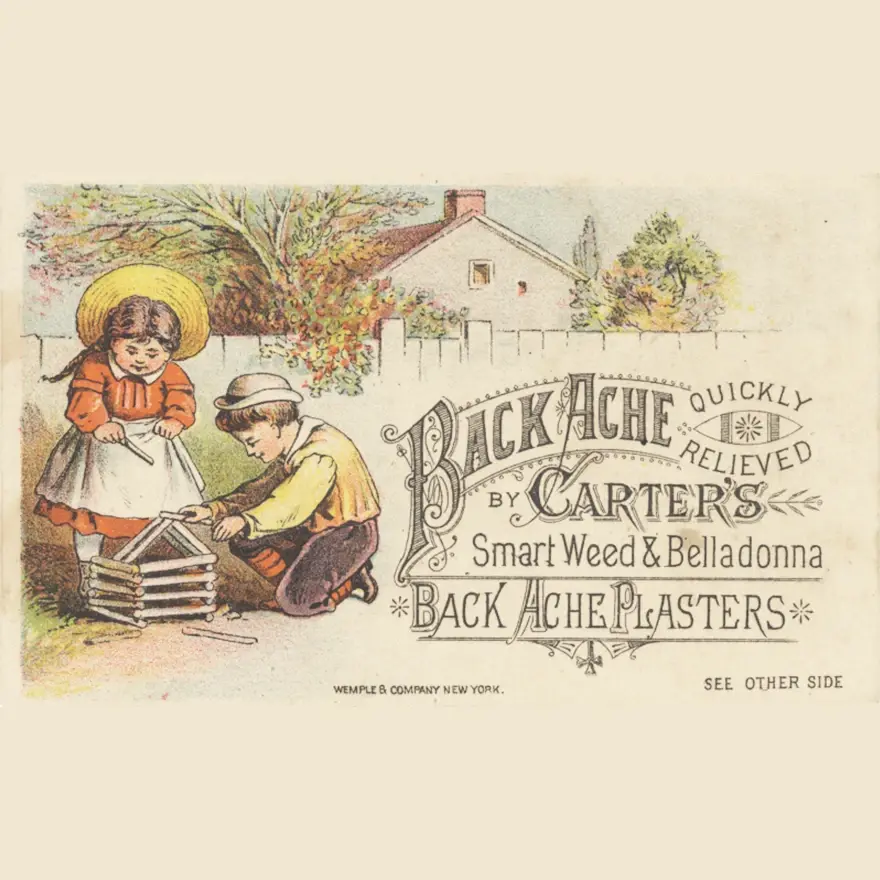
Vor langer Zeit benutzten die Menschen Pflaster mit Belladonna darauf gegen Schmerzen. Wir verwenden sie heute nicht mehr, da sie Menschen krank machen können.
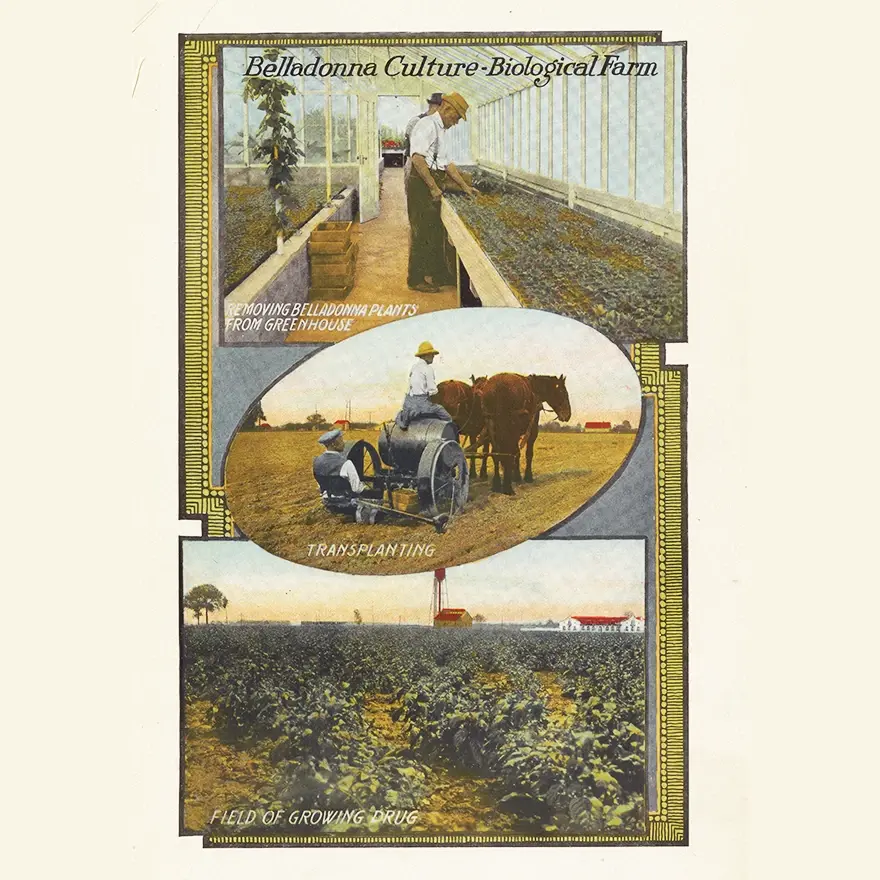
Früher bauten Pharmaunternehmen Atropa Belladonna für die Herstellung von Medikamenten an. Obwohl einige Medikamente immer noch Teile der Pflanze verwenden, sind die Menschen in Bezug auf die Sicherheit heute vorsichtiger.
Wie wir etwas über Pflanzen lernen
Dr. Louis Auzoux
Ein französischer Arzt namens Louis Auzoux (1797-1880) wollte den Medizinunterricht verbessern. Er erstellte 3D-Pappmaché-Modelle des menschlichen Körpers für Studierende. Sein Unternehmen wurde weltweit bekannt. Er fertigte auch Modelle von Pflanzen an, die sehr beliebt waren. Noch heute eignen sich seine Modelle hervorragend zum Lernen.
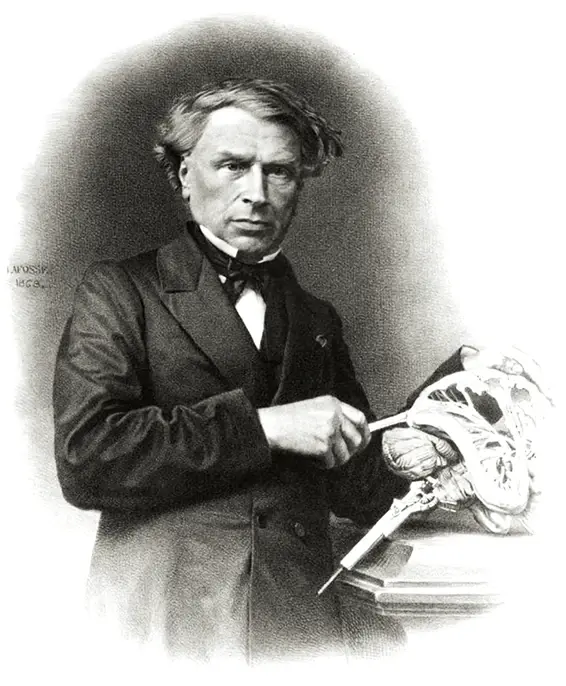
Möchtest Du mehr erfahren?
Bibliografie
DR. AUZOUX' BOTANISCHE UND ANATOMISCHE MODELLE
Degueurce. (2013). The anatomical models of Dr Auzoux, an industrial success in the service of veterinary medicine. Bulletin de La Société Française d’histoire de la médecine et des sciences vétérinaires, 13, 7–33.
Cocks, M. M. (2013). Dr Louis Auzoux and his collection of papier-mâché flowers, fruits and seeds. Journal of the History of Collections, 26(2), 229-248. https://doi.org/10.1093/jhc/fht036
Olszewski. (2011). Dr. Auzoux’s botanical teaching models and medical education at the universities of Glasgow and Aberdeen. Studies in History and Philosophy of Science. Part C, Studies in History and Philosophy of Biological and Biomedical Sciences, 42(3), 285–296. https://doi.org/10.1016/j.shpsc.2011.01.001
NATURGESCHICHTLICHE MODELLE UND LERNMITTEL
Bommel, B. van. (2015). Between "Bildung" and "Wissenschaft": The 19th-Century German Ideal of Scientific Education. European History Online (EGO). Leibniz Institute of European History (IEG), Mainz. Retrieved from http://www.ieg-ego.eu/bommelb-2015-en URN: urn:nbn:de:0159-2015120917 [YYYY-MM-DD].
Botanical Art & Artists : Past maters of botanical art & illustration. https://www.botanicalartandartists.com/famous-botanical-artists.html
Brazier, J., & Duggins, M. (n.d.). Visualising nature: Models and wall charts for teaching biology in Australia and New Zealand. Recollections. Retrieved from https://recollections.nma.gov.au/issues/volume_10_number_2/papers/visualising_nature
Brendel, M., & Goudeau, S. (2019). Botanical Legacies from the Enlightenment. Retrieved from https://www.unine.ch/files/live/sites/irege/files/shared/documents/publications/2019/Brendel_Goudeau_-_Botanical_Legacies_from_the_Enlightenment.pdf
Cooper Hewitt Museum. (2017-2023). Botanical Lessons [Exhibition]. Retrieved from https://collection.cooperhewitt.org/exhibitions/1159161455/
Olry, R. (2000). Wax, Wooden, Ivory, Cardboard, Bronze, Fabric, Plaster, Rubber and Plastic Anatomical Models: Praiseworthy Precursors of Plastinated Specimens. The Journal of Plastination, 15(1), 30-35. Retrieved from https://www.journalofplastination.org/issue/volume-15-issue-1 Rossi-Wilcox. (2008). From reference specimen to verisimilitude: the Blaschkas’ penchant for botanical accuracy. Historical Biology, 20(1), 11–18. https://doi.org/10.1080/08912960701677432
ATROPA BELLADONNA - TOLLKIRSCHE
Campbell, E. A. (2007). DON’T SAY IT WITH NIGHTSHADES: SENTIMENTAL BOTANY AND THE NATURAL HISTORY OF ATROPA BELLADONNA. Victorian Literature and Culture, 35(2), 607–615. https://doi.org/10.1017/S1060150307051662
Fatur, K. (2020). "Hexing Herbs" in Ethnobotanical Perspective: A Historical Review of the Uses of Anticholinergic Solanaceae Plants in Europe. Economic Botany, 74(2), 140-158. doi: 10.1007/s12231-020-09498-w
Forbes, T. R. (1977). Why is it called 'beautiful lady'? A note on belladonna. Bulletin of the New York Academy of Medicine, 53(4), 403-406. PMID: 324554; PMCID: PMC1807294.
Lee, M. R. (2007). Solanaceae IV: Atropa belladonna, deadly nightshade. Journal of the Royal College of Physicians of Edinburgh, 37(1), 77-84. PMID: 17575737.
Murray, W. (1901). The toxic action of belladonna plaster. The Lancet, 158(4078), 1154. doi: 10.1016/S0140-6736(01)73581-7
POWO (2021). Plants of the World Online. Facilitated by the Royal Botanic Gardens, Kew. Retrieved August 4, 2021, http://www.plantsoftheworldonline.org
Ramoutsaki, I. A., Askitopoulou, H., & Konsolaki, E. (2002). Pain relief and sedation in Roman Byzantine texts: Mandragoras officinarum, Hyoscyamos niger and Atropa belladonna. International Congress Series, 1242, 43-50. doi: 10.1016/S0531-5131(02)00699-4
Timbrell, J. (2005). The poison paradox: Chemicals as friends and foes. Oxford: Oxford University Press.
NÜTZLICHE UND SCHÄDLICHE PFLANZEN
Horticultural Trades Association (2022). HTA Guide to Potentially Harmful Plants. 3rd edition. https://hta.org.uk/resources/get?mediaId=8478
Levy, J. (2020). Poisonous plants. New York, New York: Gareth Stevens Publishing.
Quattrocchi, U. (2012). CRC world dictionary of medicinal and poisonous plants : common names, scientific names, eponyms, synonyms, and etymology. Boca Raton, Fla: CRC, Taylor & Francis Group.
Copyright und Lizenzen
Bilder im 3D-Model
Battista Gaulli, Giovanni. Porträt einer Frau. Gemälde, Öl auf Leinwand, 1670er Jahre, 75,9 x 59,4 cm. Metropolitan Museum of Art, Geschenk von Álvaro Saieh Bendeck, Jean-Luc Baroni und Fabrizio Moretti, zu Ehren von Keith Christiansen, 2014. Gemeinfrei.
Thumbelina next to a glowing toadstool at night in the forest, erstellt von stanley artgerm lau, wlop, rossdraws, artstation, cgsociety, concept art, cgsociety, octane render, trending on artstation, artstationhd, artstationhq, unreal engine, 4k, 8k. KI-generiertes Bild von Lexica Art. CC BY-NC 4.0.
Brown, Ford Madox. Romeo und Julia. Gemälde, Öl auf Leinwand, 1870, 44 x 33 cm. Deleware Museum of Art. Wikimedia Common. Gemeinfrei.

